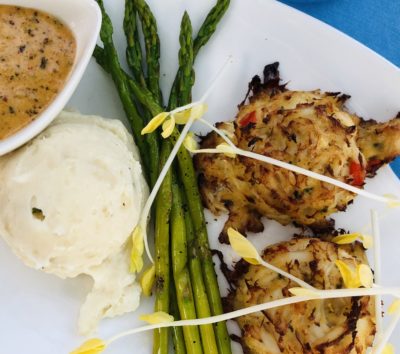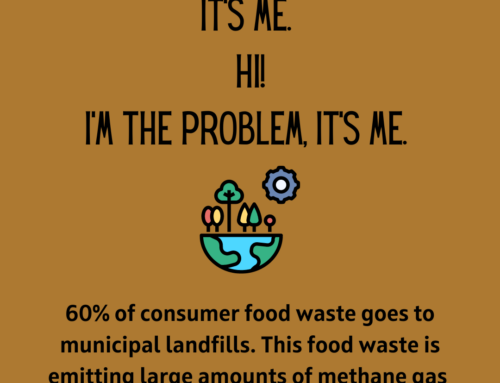Did you know that choosing seafood twice a week can help prevent heart disease? Seafood has many health benefits for children and adults. Seafood is quick to prepare, comes in a variety of forms (fresh, frozen, canned) and has health benefits. Including it in your diet doesn’t have to be expensive since it comes at all price points. In addition to the health benefits, you are likely busy these days so having some quick and healthy meal ideas on hand helps.

According to the Seafood Nutrition Partnership, eating seafood twice a week:
- Leads to improved brain and eye development in infants and children and adults (and is safe during pregnancy)
- Helps reduce the risks of heart disease
- Influences your mental health in a positive way, including reducing risk for depression and anxiety
- Helps the environment with a lower carbon footprint
Heart Health Benefits and Benefits During Pregnancy
Seafood is a good source of omega-3 fatty acids (called DHA and EPA). That’s why you want to try to include it twice a week in your diet. According to the American Heart Association, “1 to 2 seafood meals per week be included to reduce the risk of congestive heart failure, coronary heart disease, ischemic stroke, and sudden cardiac death, especially when seafood replaces the intake of less healthy foods.”
Omega-3s are important during pregnancy and for growing children too. The American Academy of Pediatrics recommends children and pregame or breastfeeding women eat 1-2 servings of fish per week. EPA and DHA lowers the risk of having a premature baby, and reduces the risk of having a small baby. They also are important for baby’s brain and eye development. Women may be concerned about choosing fish during pregnancy but there are many healthy choices. Even sushi is fine as long as you choose sushi with cooked seafood. Fish is a good source of vitamin B12 and vitamin D, as well as iron, selenium, zinc, and iodine. However, some types of fish should be avoided (shark, swordfish, king mackerel, tilefish, bigeye tuna, marlin and orange roughy).
What About Sustainability?
To continue to have healthy, affordable seafood at the market, it has to be caught or farmed in socially responsible ways that preserve the environment. NOAA Fisheries along with environmental groups work to ensure a sustainable seafood supply. People often ask me, “Which is better? Farmed or wild caught fish?” Rather than ask that question, ask which fishery is responsible or not. Well managed fisheries can include both farm-raised and wild-caught practices. Commercial fisheries refer to the whole process of catching, landing, and selling fish and shellfish. More than half of the fish consumed in the world comes from aquaculture. Aquaculture is the fastest growing production system.
According to Fish Watch, Marine fisheries in the United States are conducted under science-based fishery management plans. By law, U.S. seafood must be caught according to fishery management plans. These plans consider the social and economic outcomes for fishing communities, prevent overfishing, rebuild depleted stocks, minimize interactions with protected species, and identify and conserve essential fish habitat.
Cooking Fish
Fish is really pretty simple to cook. You can easily bake just about any whitefish. Simply place the fish filets into a baking dish. Drizzle with 2 teaspoons of olive oil or dot with 2 teaspoons of butter, add fresh or dried herbs, a squeeze of lemon or lime juice, and bake at 350°F for 10 to 20 minutes. A quick rule of thumb is to measure the thickness of the fish at its thickest point, and use 10 minutes per inch as the cooking time guide. Thin filets will cook up quicker than thicker cuts. You can also broil, grill or pan sear fish.
How do you know when shellfish is done?
- Raw shrimp will turn pinkish-white when cooked
- Shelled fish (oysters, clams, mussels) are done when the shell opens
- Scallops will turn white or opaque and firm to the touch when done
- Crab and lobster shells will turn bright red and their meat will be opaque white when done
For recipes and more information about fish, visit the Seafood Nutrition Partnership.




